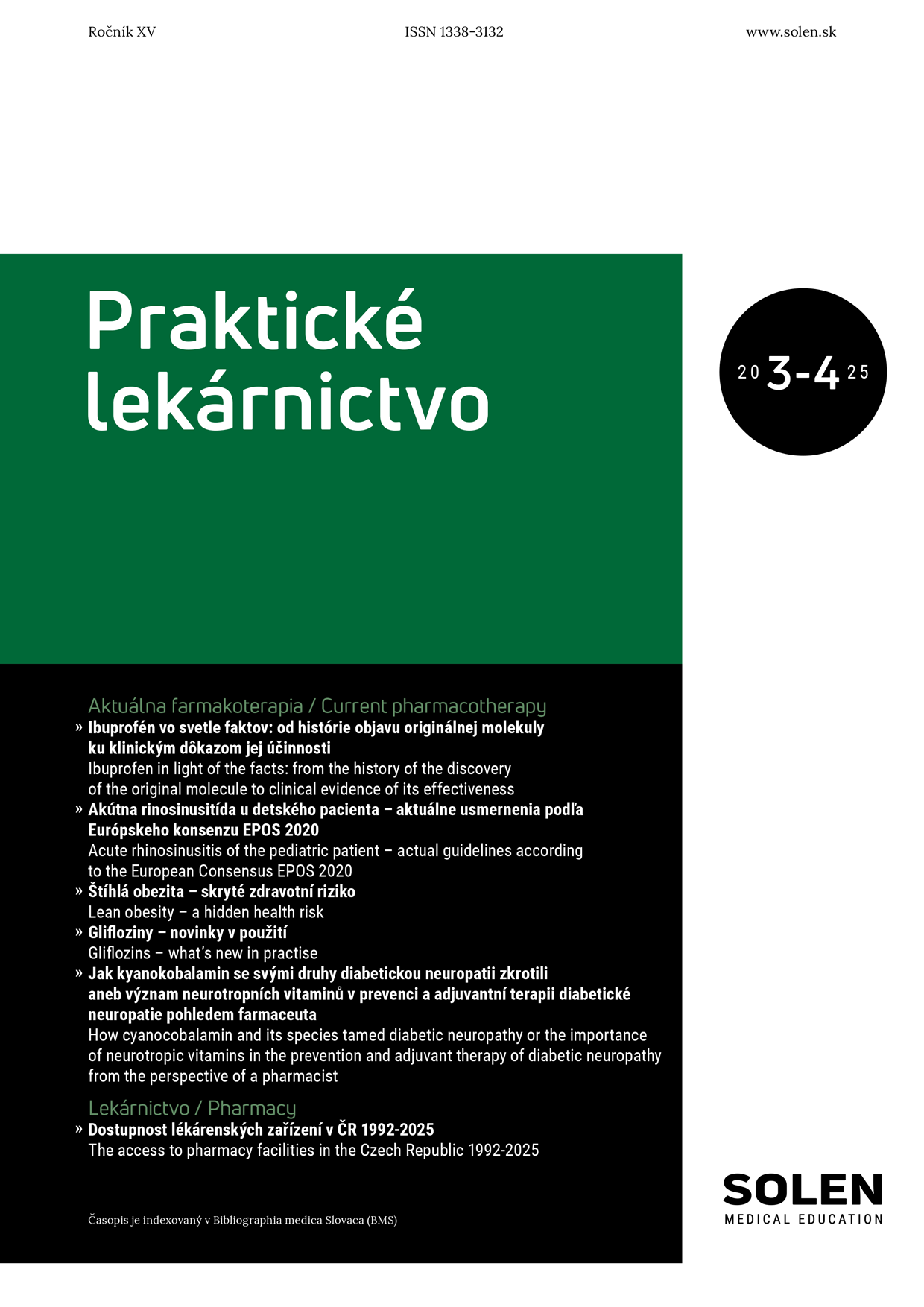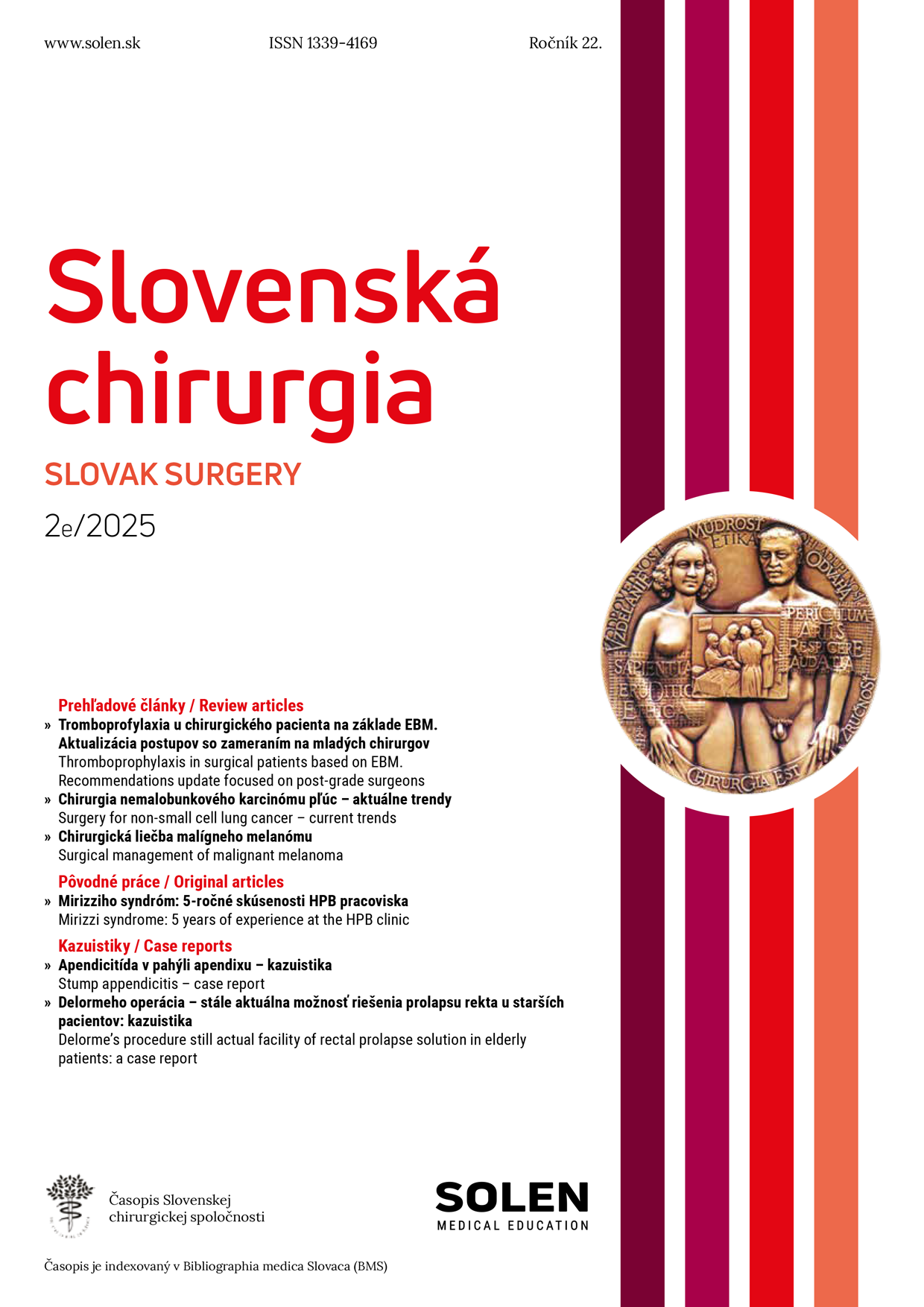Pediatria pre prax 3/2023
Acute pulmonary embolism in children – diagnostic approach
Acute pulmonary embolism is relatively rare in children. However, its incidence increases especially in intensive care units. Due to non- -specific symptoms the diagnosis is delayed in children and leads to increased morbidity and mortality. The obstruction of the pulmonary artery by an embolus leads to overload and dysfunction of the right ventricle. Currently, international standardized guidelines for the diagnosis and treatment of acute pulmonary embolism in children are lacking, and clinical practice is based on data from adult patients. The approach to the patient with acute pulmonary embolism is multidisciplinary. The gold standard for diagnosis of acute PE is CT-angiography of the pulmonary artery. Clinical assessment of hemodynamic stability, transthoracic echocardiography focusing on right ventricular dysfunction and cardiac biomarkers are used to stratify patients into risk groups. Treatment is based on anticoagulation with low-molecular-weight heparin, in indicated cases in hemodynamic instability thrombolytic treatment is administered. We propose a diagnostic and therapeutic algorithm for pulmonary embolism in children, which we currently use in the National Institute of Children‘s Diseases.
Keywords: acute pulmonary embolism, patient stratification, thrombolysis, anticoagulation

















